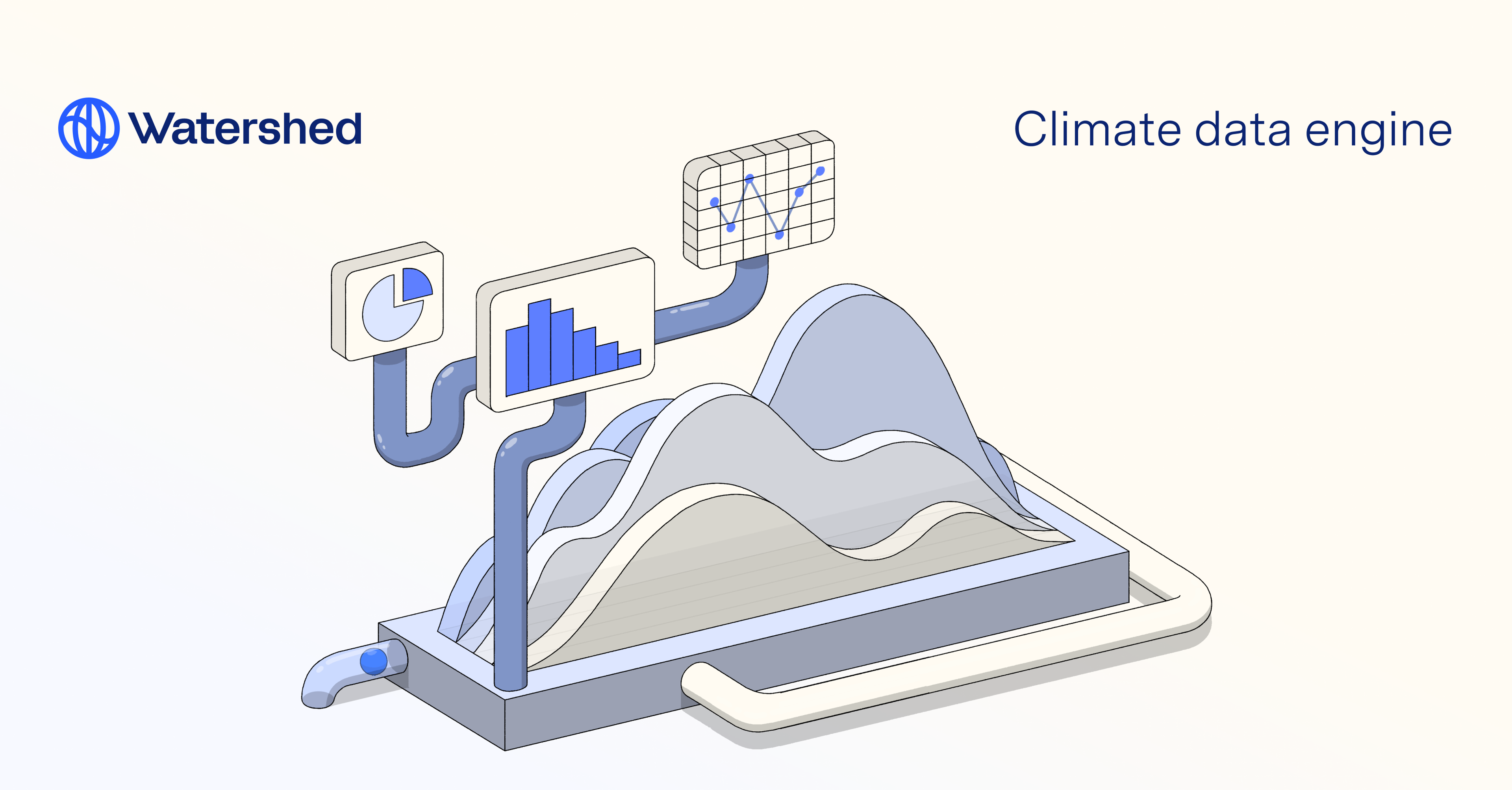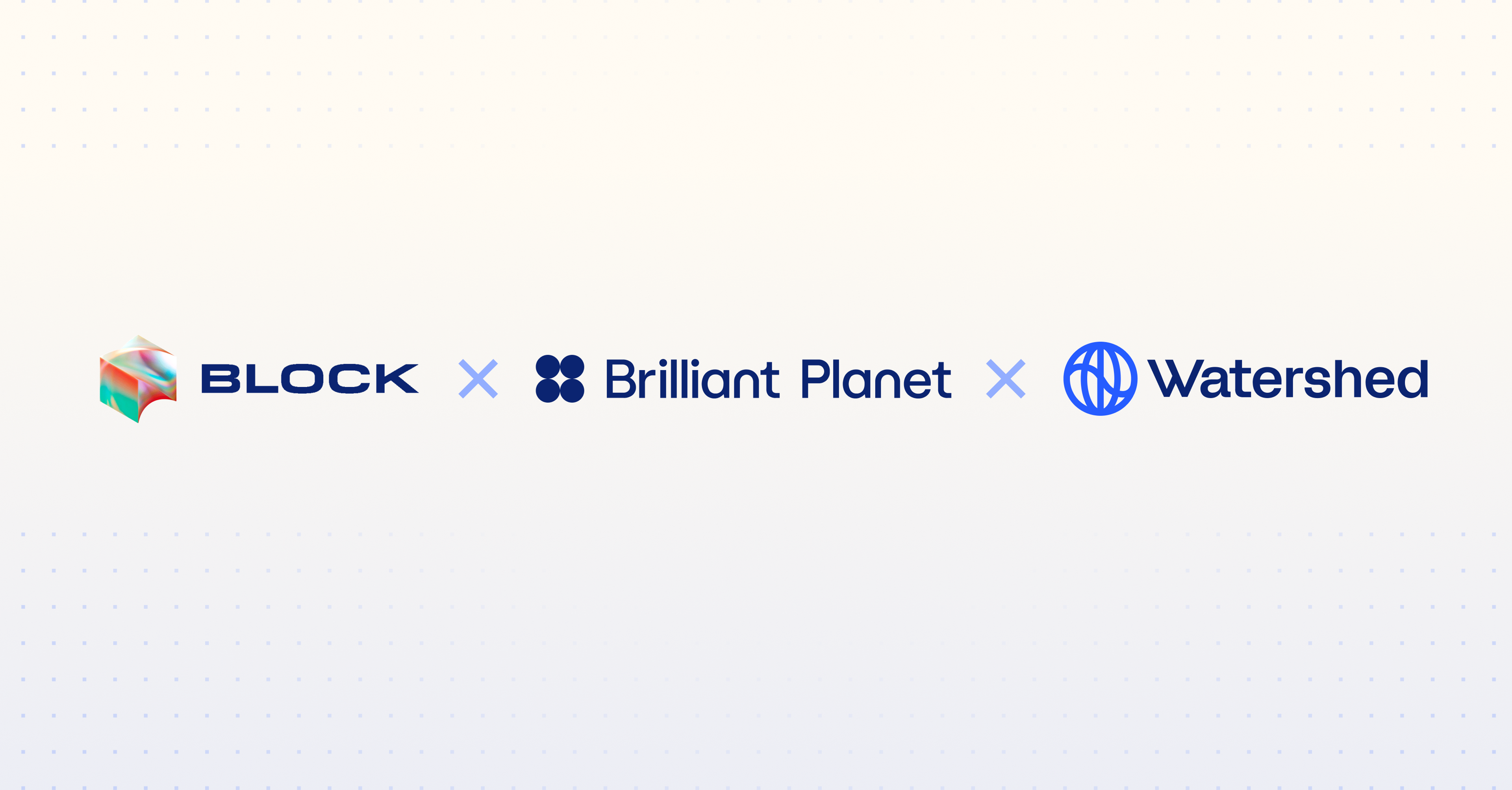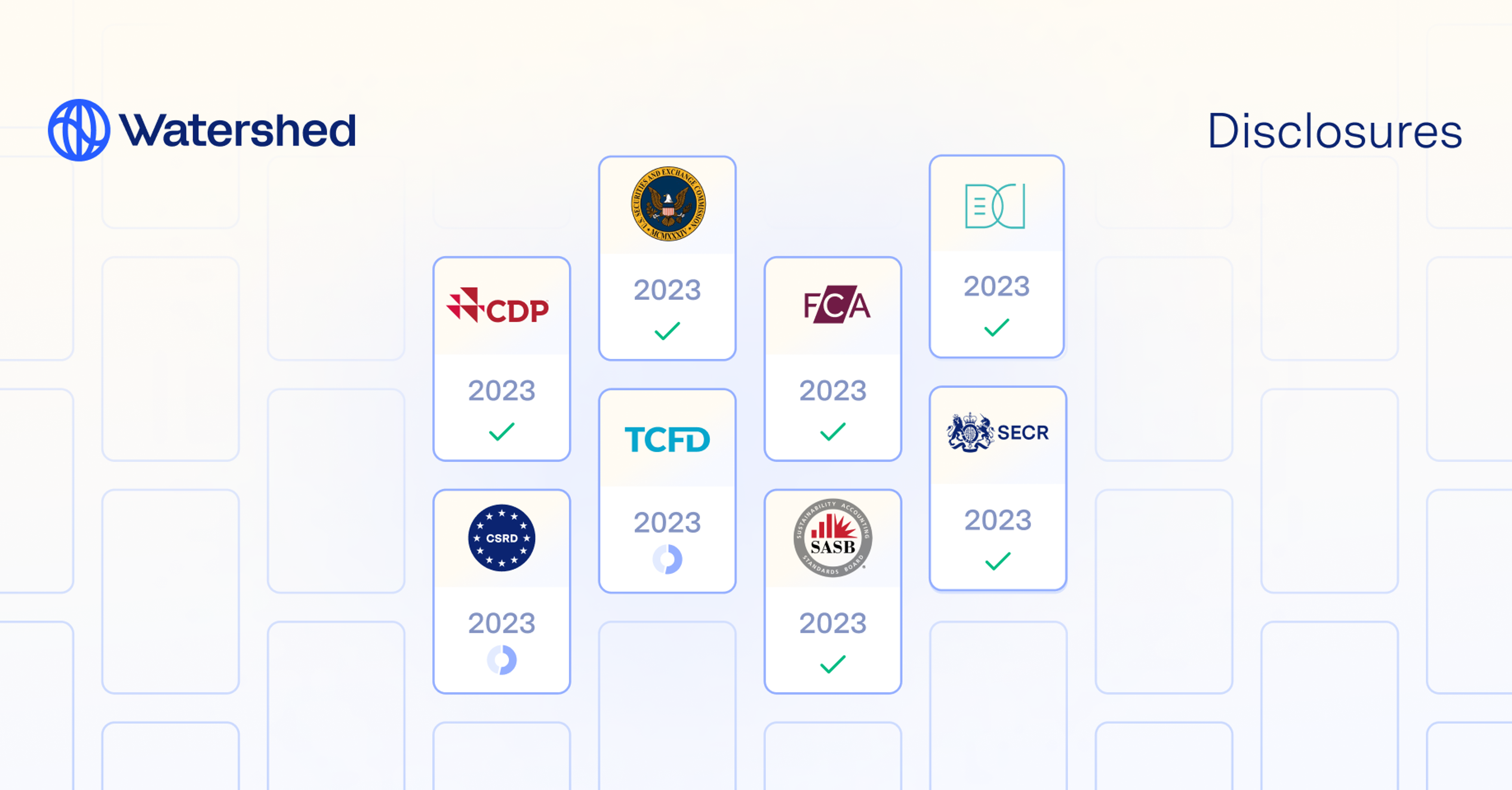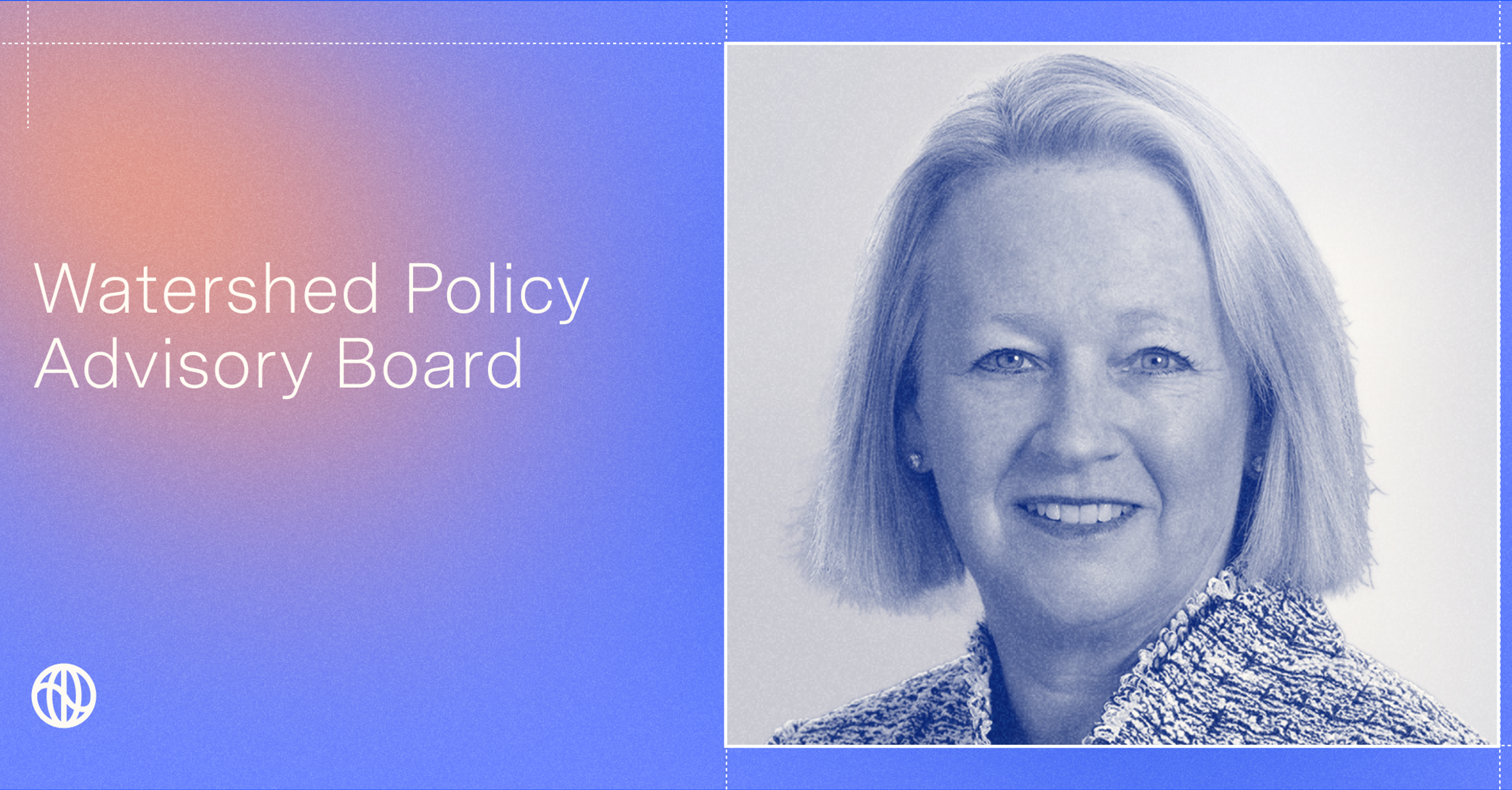Reducing greenhouse gas emissions is the most important climate action any company can take, but it isn’t enough. Meeting ambitious climate goals usually requires purchasing carbon removal—capturing and storing carbon dioxide from the Earth’s atmosphere. Scientific consensus (as reflected in the latest IPCC report) is that the world will need large-scale carbon dioxide removal (CDR) to have any chance of meeting our climate targets. This is true for companies as well.
The Watershed Marketplace offers a rigorously vetted supply of carbon removal options. We help companies build a custom portfolio, and source exclusive options. We set a high bar for Marketplace suppliers—of more than 300 reforestation projects we evaluated in Q3 2022, we accepted just two. Our team of scientists, external advisors, and market experts source and vet our projects to ensure their impact.
Why quality is key
Carbon removal is still a young industry, and the quality of carbon removal suppliers varies wildly. It can be difficult to distinguish between operations that are impactless greenwashing, and those that are scientifically sound and lasting. There is no clear, standardized definition of quality, and technologies are rapidly evolving.
Investing in low-quality carbon removal is a loss for everyone—it doesn’t help the planet, wastes money, and exposes companies to reputational risks. But good carbon removal products represent a real opportunity for businesses to invest in technology with planet-saving potential.
How we do the assessment
“With any project, we consider the science and whether it’s really doing what it claims to do,” says Steve Davis, Watershed’s Chair of the Science Advisory Board and a professor of Earth Systems Science at UC Irvine.
The supplier evaluation process can take up to six months, and in the end most projects are rejected. Davis, the Marketplace team, and our scientific advisory board go deep into the weeds. We begin by reviewing the project specifications, accreditation documents, and the relevant scientific papers and industry literature. We reference ratings and carbon risk assessments published by platforms and research groups such as BeZero Carbon, a global carbon ratings agency
Watershed has direct supplier relationships, so throughout the review our team is in close dialogue with the project developers, and we go deep to pass the key aspects of the project through our criteria.
“We're the red team,” Davis says. “We’re looking for all the ways a project could go wrong, and whether they have a backup plan if it does.”
After our internal review, we pass the project to the relevant members of our scientific advisory board to keep our evaluation fair, rigorous, and up to date with the latest scientific developments. This is another step at which many projects fail to proceed. Here are some recent examples of projects that didn’t pass the board’s scrutiny:
- Project #1: For a soil carbon project we evaluated, one scientific advisor noticed that the model used to generate carbon sequestration estimates had not previously been tested in real life environments. They also weren’t planning to ground truth the data, opting to use the model to estimate the carbon benefit rather than collect soil carbon measurements. This means there is no empirical data to determine the true amount of carbon impact that has occurred.
- Project #2: An improved forest management project we evaluated was unable to share how their net projected carbon sequestration was estimated, including what scientific models or measurement techniques were used. As such, it was challenging for our science advisors to determine if the estimates are reasonable or not: "As far as I can tell, they did a baseline and then did another measurement 10 months later and claim there is an extra 7 tons of CO2 per acre more."
Across the four major voluntary carbon market registries that issue and track carbon credits (Verra, Gold Standard, CAR, and ACR), there have been ~1.7B carbon credits issued to date. However, ~97% of credits issued are avoidance credits. While Marketplace does support a select number of highly potent avoidance projects, such as plugging methane-leaking orphaned gas wells, we primarily focus on carbon removal projects.
Carbon removal constitutes just ~3% of the credits issued to date, according to our analysis of data from the Berkeley Carbon Trading Project. Of that tiny fraction, we only accept an even smaller fraction: <1% of the projects we evaluate are accepted into the Watershed Marketplace.
Our criteria
Our science advisors evaluate each project across 6 areas:
Additionality: Is carbon removed from the atmosphere that would not have been removed without this purchase? This is the single most important evaluation factor. If a supplier's associated GHG reductions are not additional, then purchasing carbon credits in lieu of reducing your own emissions will be worse for the climate.
Verification: Can we be sure the project is removing as much carbon as it claims? We vet for high-integrity verification and measurement of the carbon removed. For example, one of our reforestation suppliers counts and measures every tree, every year, using boots on the ground, and also gives each tree a unique RFID tag so they can see each tree on a map and verify its growth. For emerging technologies the established methodologies are still under development, so we look to ensure that our suppliers use rigorous third-party auditors to verify their work.
Durability: How long will the removed carbon stay out of the atmosphere? For forestry projects, for example, we look for characteristics that support permanence such as community stewardship, land ownership characteristics, fire risk mitigation, and protections against harvesting. Targeted years of permanence differ by project type, as nature-based solutions have inherently lower durability than some advanced technologies like direct air capture.
Leakage: What is the risk of displacing activities that shift emissions from the project to another site? Projects must clearly document their plan to ensure displaced carbon-emitting activities are accounted for, and don’t negate the positive effects of the carbon removal activities.
Co-benefits: Other than the carbon removed, what is the impact of the project? One of the criteria that we evaluate is the percentage of the project’s revenue that will be returned to the owners and operators within the local community. This also can bolster a project's durability: if the local community derives value from a removal project, they become the best stewards of its longevity. We also look for projects that benefit the natural environment, particularly improving biodiversity and soil health.
Catalytic nature: How meaningful is the purchase in advancing research and development? The carbon removal industry as a whole is underdeveloped and underfunded. Funding a wide diversity of high-integrity removal products lays the foundation for this crucial technology, and will help it grow into the widely available climate-saving tool we need it to be.
What makes the cut?
To date, Watershed customers have purchased carbon removal from more than 40 different nature-based and permanent carbon removal suppliers, from direct air capture and bio-oil sequestration to reforestation and biochar. We have also sponsored multiple new carbon removal projects with close CDR suppliers alongside our customers.
The Watershed Marketplace also offers a first-of-its-kind partnership with Frontier, an advance market commitment to accelerate carbon removal. The partnership enables Watershed customers to buy in to the most promising permanent carbon removal pathways currently in development—paving the way for a thriving sector whose success is critical to hitting climate goals.
Here are some examples of carbon removal methods used by our suppliers today:

Reforestation and Bio-enhanced reforestation
The most widely used carbon removal method, reforestation means planting trees in deforested areas. Bio-enhanced reforestation—a technology pioneered by Living Carbon, one of our partners—is the practice of using advanced biotechnology to create trees that grow faster and absorb more carbon dioxide.
Some companies have faced scrutiny for purchasing reforestation projects that didn’t deliver on their promises. But when it’s done correctly with a high-integrity partner, reforestation can be a powerful tool to fight climate change.
TIST, one of our reforestation partners, is a long-running community-led forestry program in Uganda and Kenya. The program provides stable, well-paid work for rural families and uses high-integrity monitoring systems for accountability. TIST farmers maintain over 23 million trees which have sequestered more than ten million metric tons of carbon dioxide.

Sustainable grazing
In some places, carefully managing and rotating grazing cattle can rehabilitate degraded agricultural land and build up soil carbon. We partner with Cultivo to provide high-quality sustainable grazing carbon removal credits.
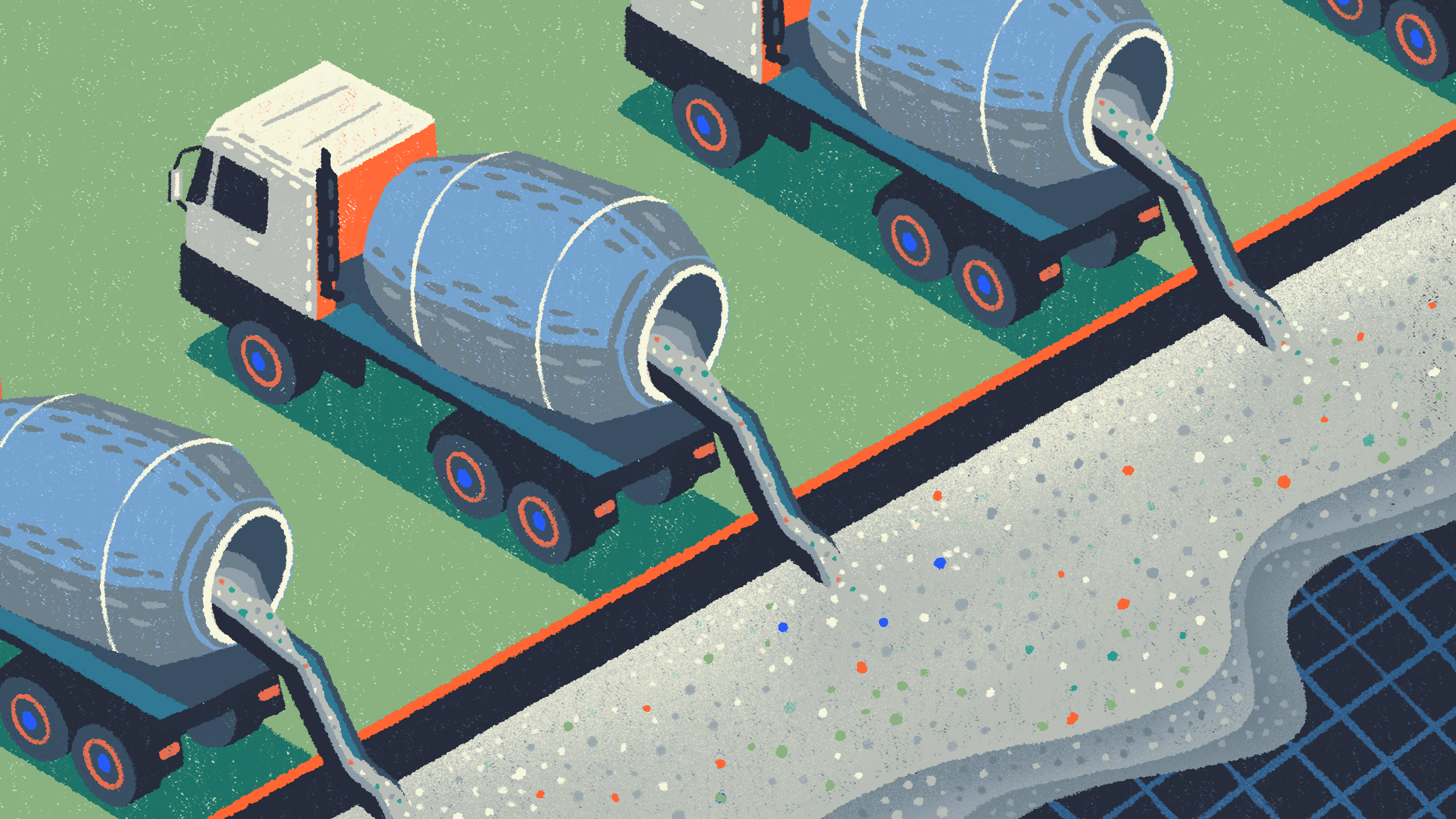
Mineralization in concrete
Cement is one of the most difficult sources of emissions to avoid because it involves a chemical reaction that releases considerable amounts of carbon dioxide. We work with innovative suppliers who are turning that process on its head by making cement-containing concrete into carbon storage. Carbon Cure Technologies, one of our partners, injects recycled carbon dioxide into concrete where it mineralizes for permanent storage.

Enhanced weathering
This technology harnesses and accelerates a natural carbon removal process. By grinding up silicate rocks, like basalt, and spreading the dust over large areas of agricultural land, companies like Undo and Eion aim to capture one million tonnes of carbon dioxide in the coming decades—removal that would otherwise take millions of years. The high surface area rock dust absorbs carbon dioxide directly from plant roots and soil microbes in the ground.

Direct air capture
Direct air capture is a technology that captures carbon dioxide directly from the air with an engineered, mechanical system, reducing the atmospheric concentration of carbon dioxide. The carbon can then be stored underground for permanent capture, or used in food processing or to create synthetic fuels. Heirloom, one of our partners, uses an affordable, energy efficient method to capture carbon dioxide and turn it into stone, compressing a natural process that takes millennia into a few days.

Bio-oil
Bio-oil sequestration is one of the most modular carbon removal technologies operating today. Bio-oil is produced by heating organic material to super-high temperatures—500°C—in a few minutes without burning. Charm, a Marketplace partner, has gained significant momentum in carbon capture. Charm also uses burnt trees from wildfires or forest thinning operations as a feedstock for bio-oil, which has the added benefit of helping with wildfire prevention.

Biochar
Biochar technology turns biomass into biochar by heating it at high temperatures with low or no-oxygen availability. Biochar sequesters carbon in solid form, and it can also be added as a soil amendment. Biorestorative Ideas, based in Puerto Rico, is a biochar company that will transform about 13,000 mtons of fallen, broken and problematic bamboo into 3,000 mtons of biochar while creating local jobs. The resulting biochar will be used in different applications, including in support of regenerative practices in local agriculture (promoting the use of sustainable inputs, reducing fertilizer needs and usage).
Want to learn more? Reach out to the Watershed Marketplace team today!





